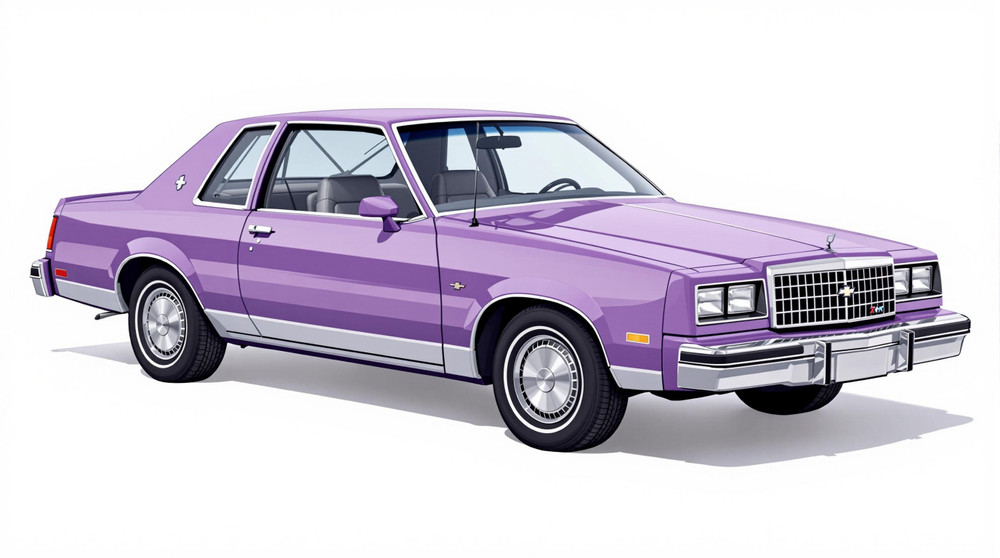Image of 1981 Chevrolet Citation, Note: These illustrations use artistic license and may differ from actual historical models.
Performance Metrics
Fundamental Metrics
Emotional Appeal
MMP Rating
| Engine Specifications | |
|---|---|
| Engine Options: | 2.5L I4, 2.8L V6 |
| Displacement Range: | 151-173 cu in. |
| Horsepower Range: | 84-115 hp |
| Torque: | 123-145 lb-ft |
| Compression Ratio: | 8.2:1 (I4), 8.5:1 (V6) |
| Ignition System: | Electronic |
| Cooling System: | Liquid-cooled |
| Performance Specifications | |
| 0-60 Time: | 11-13 seconds |
| 1/4 Mile Time: | 18 seconds |
| Top Speed: | 100 mph |
| Transmission and Drive | |
| Drive Type: | FWD |
| Transmission Type: | 3-speed automatic, 4-speed manual |
| Fuel and Efficiency | |
| Fuel System Type: | Carburetor |
| MPG: | 20-24 mpg |
| Dimensions and Brakes | |
| Brakes: | Front disc, rear drum |
| Wheelbase: | 104.9 in. |
| Weight: | 2,400-2,600 lbs |
Note: Specifications for classic cars are given to the best of our ability, considering the limited and variant data available.
Introduction
The 1981 Chevrolet Citation doesn't just represent a model year; it epitomizes an era of bold attempts at innovation in the American automotive industry. Born out of necessity during a time when fuel efficiency became paramount, Chevrolet introduced the Citation as a front-wheel-drive compact car that promised to redefine the market. It was a significant departure from the rear-wheel-drive behemoths that had dominated American roads. A unique fact that might pique your interest: the Citation was named Motor Trend's Car of the Year in 1980, signaling its initial high expectations.
Design and Innovation
The exterior of the 1981 Chevrolet Citation was a blend of functionality and the era's aesthetics, with a hatchback design that offered practicality wrapped in a somewhat boxy silhouette. The interior was surprisingly roomy for its class, with materials that were typical for the period—functional but not luxurious. Technologically, it featured innovations like a transversely mounted engine and MacPherson strut suspension, which were advanced for American cars at the time. Color options ranged from understated earth tones to more vibrant hues, with shades like 'Bright Blue Metallic' catching the eye of many buyers. The most iconic body style was arguably the two-door hatchback, which offered both sportiness and utility.
Historical Significance
The Citation's front-wheel-drive layout marked a pivotal shift in American car design, influencing numerous models that followed. It stood out for introducing compact efficiency without sacrificing too much power or space—a balancing act that was crucial during an era of fuel crises and shifting consumer preferences.
Performance and Handling
Performance-wise, the 1981 Citation's top speed and acceleration were modest by today's standards but competitive for its time. It could reach 0-60 mph in around 10 seconds—a respectable figure for an economy car back then. The handling was praised for being nimble in urban settings, though it could be less composed on rougher terrain. Driving the Citation provided an experience true to its time: an engine hum that was neither silent nor intrusive and a ride that prioritized practicality over luxury.
Ownership Experience
The Citation found its niche as a daily driver due to its affordability and efficiency. Maintenance was relatively straightforward, making it accessible for the average owner to keep running. However, reliability issues did emerge over time, which has affected its reputation retrospectively.
Fun Facts
A lesser-known tidbit is that despite its initial popularity, the Citation's sales plummeted after the first few years due to these emerging reliability concerns. While not known for breaking records or celebrity ownerships, it did make cameos in everyday American life throughout the '80s before fading into obscurity.
Collector's Information
Today, finding a 1981 Chevrolet Citation can be quite rare; production numbers were high initially but surviving examples are scarce due to age and attrition. As for value, pristine Citations could fetch anywhere from $2,000 to $6,000 depending on condition and originality—though they're more often valued for nostalgia than monetary worth.
Conclusion
The 1981 Chevrolet Citation stands as a testament to a transitional period in American automotive history—a symbol of change and adaptation. While it may not have enjoyed enduring success or acclaim, its initial impact and subsequent lessons learned have left an indelible mark on the industry.
1981 Chevrolet Citation Catalog of Parts
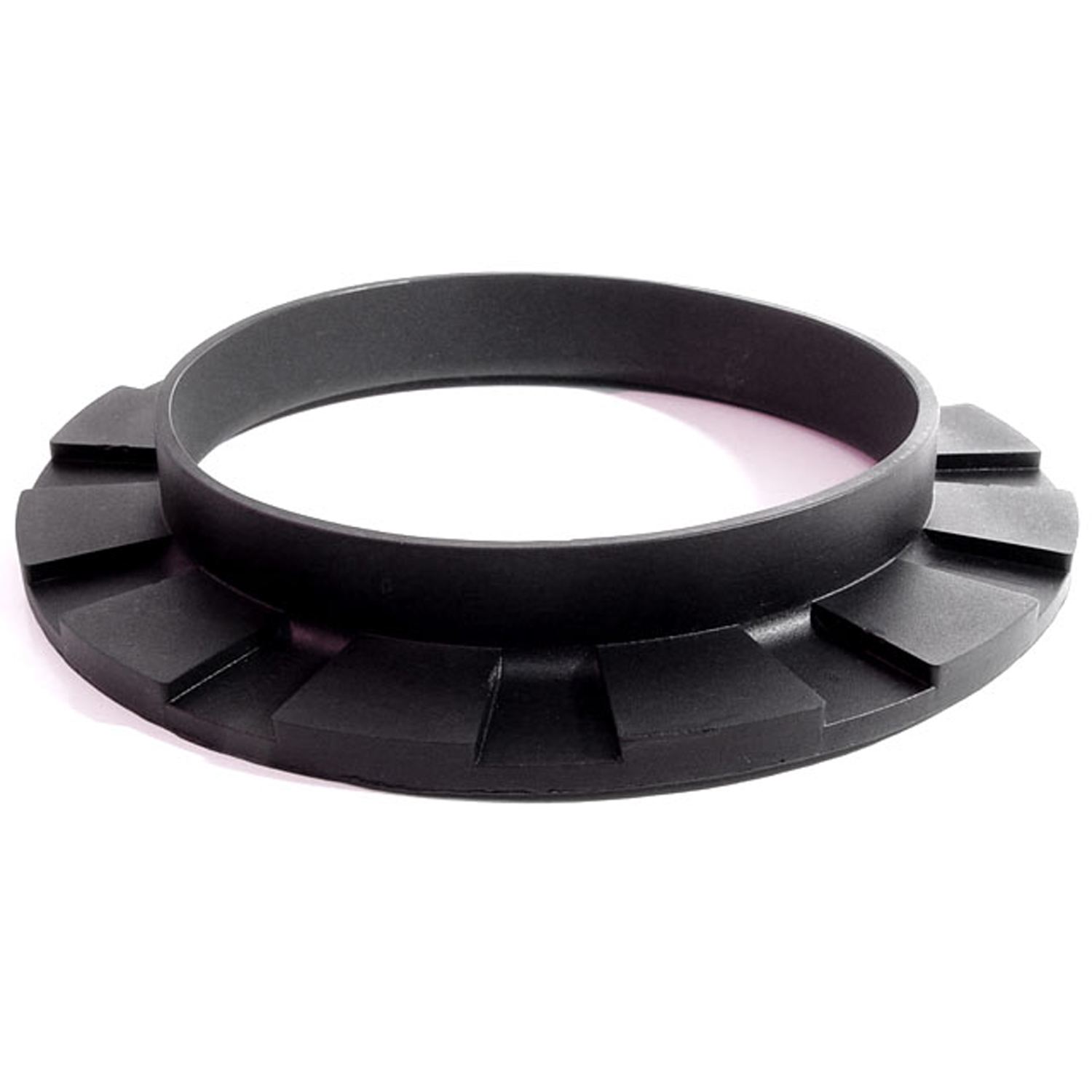 1981 Chevrolet Citation Front coil-spring insulator-BN 110Front coil-spring insulator. Fits '41-'60 Oldsmobile and '50-'83 GM passenger models. 5-3/8 in. OD x 3-3/4 in. ID x 3/4 in. high with 13/16 in. wide bottom flange 1/4" thick, 12 flutes. Each.
1981 Chevrolet Citation Front coil-spring insulator-BN 110Front coil-spring insulator. Fits '41-'60 Oldsmobile and '50-'83 GM passenger models. 5-3/8 in. OD x 3-3/4 in. ID x 3/4 in. high with 13/16 in. wide bottom flange 1/4" thick, 12 flutes. Each.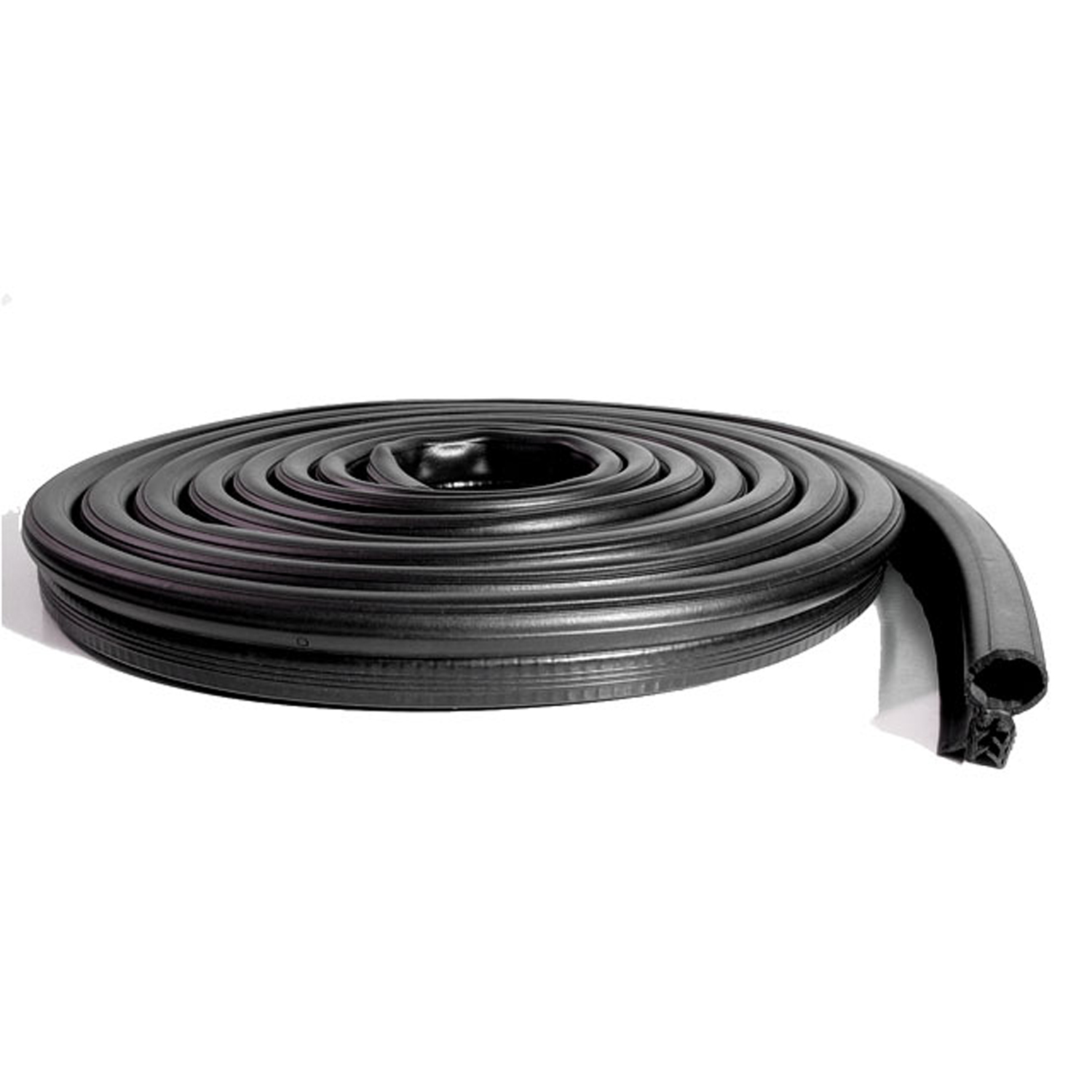 1981 Chevrolet Citation Trunk Seal (Imported). Made with steel cores-IS-MW00101Trunk Seal (Imported). Made with steel cores. 1-3/8" X 3/4" X 17'. Each
1981 Chevrolet Citation Trunk Seal (Imported). Made with steel cores-IS-MW00101Trunk Seal (Imported). Made with steel cores. 1-3/8" X 3/4" X 17'. Each 1981 Chevrolet Citation Trunk Liner. Loose weave, jet black. 50" wide-M 30Trunk Liner. Loose weave, jet black. 50" wide. Sold by the foot
1981 Chevrolet Citation Trunk Liner. Loose weave, jet black. 50" wide-M 30Trunk Liner. Loose weave, jet black. 50" wide. Sold by the foot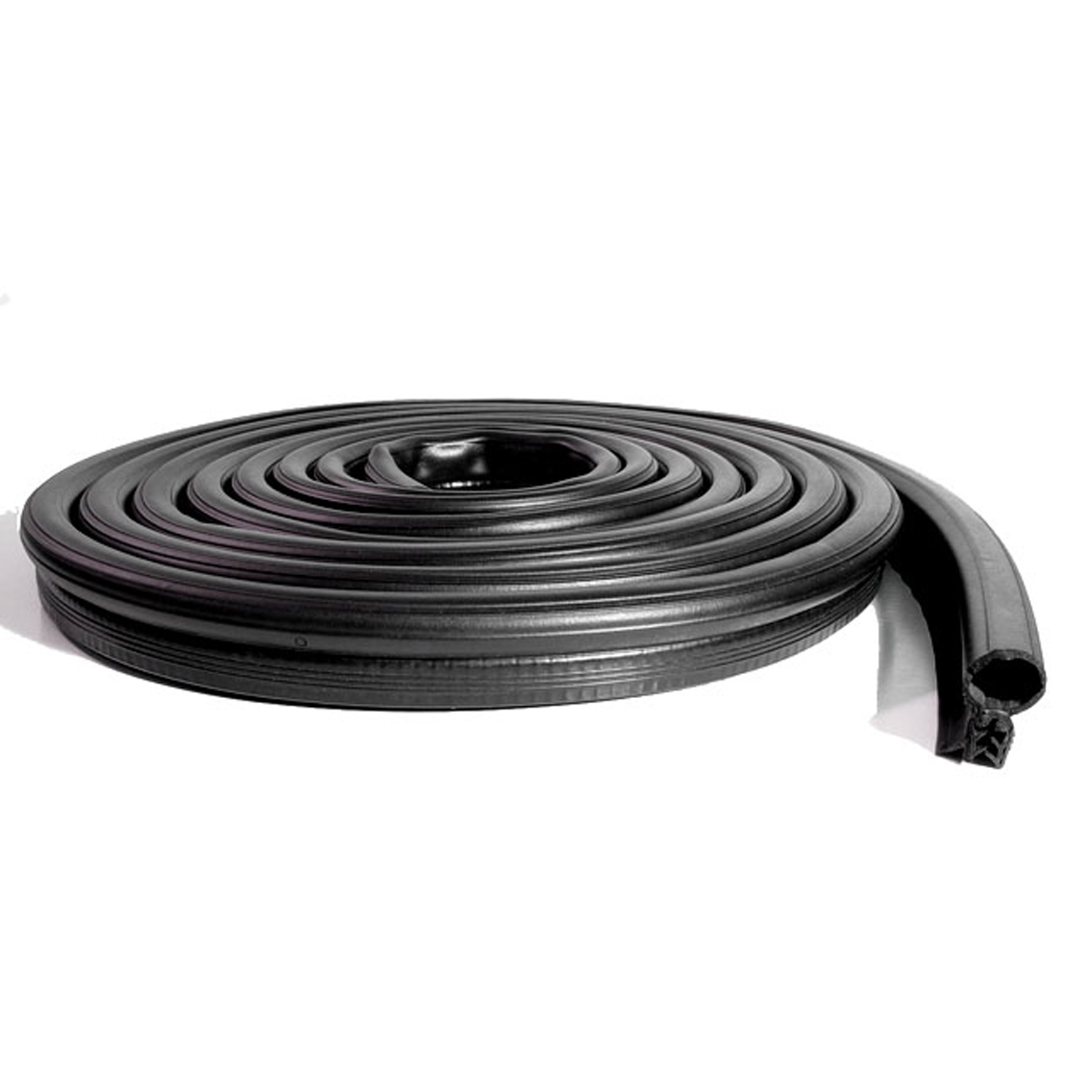 1981 Chevrolet Citation Trunk seal-MW00101Trunk seal. Also replaces '75-'79 Buick Skylark hatchback seal. Made with steel cores. 1-3/8 in. x 3/4 in. x 17 ft. L. Each.
1981 Chevrolet Citation Trunk seal-MW00101Trunk seal. Also replaces '75-'79 Buick Skylark hatchback seal. Made with steel cores. 1-3/8 in. x 3/4 in. x 17 ft. L. Each.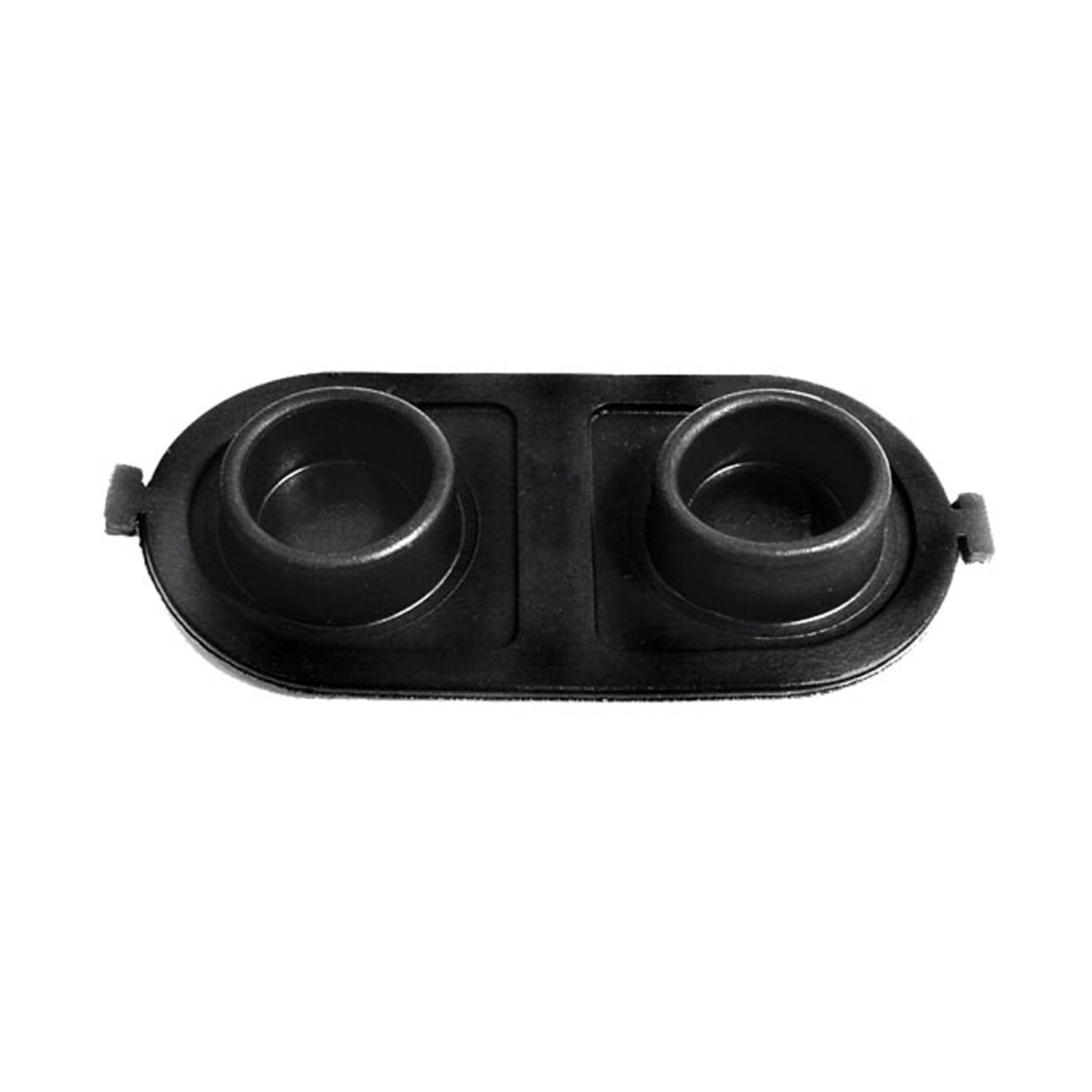 1981 Chevrolet Citation Brake Master Cylinder Cover Seal. Replaces OEM #5470861-RP 2-EBrake Master Cylinder Cover Seal. Replaces OEM #5470861. 5" X 2-1/2". Each
1981 Chevrolet Citation Brake Master Cylinder Cover Seal. Replaces OEM #5470861-RP 2-EBrake Master Cylinder Cover Seal. Replaces OEM #5470861. 5" X 2-1/2". Each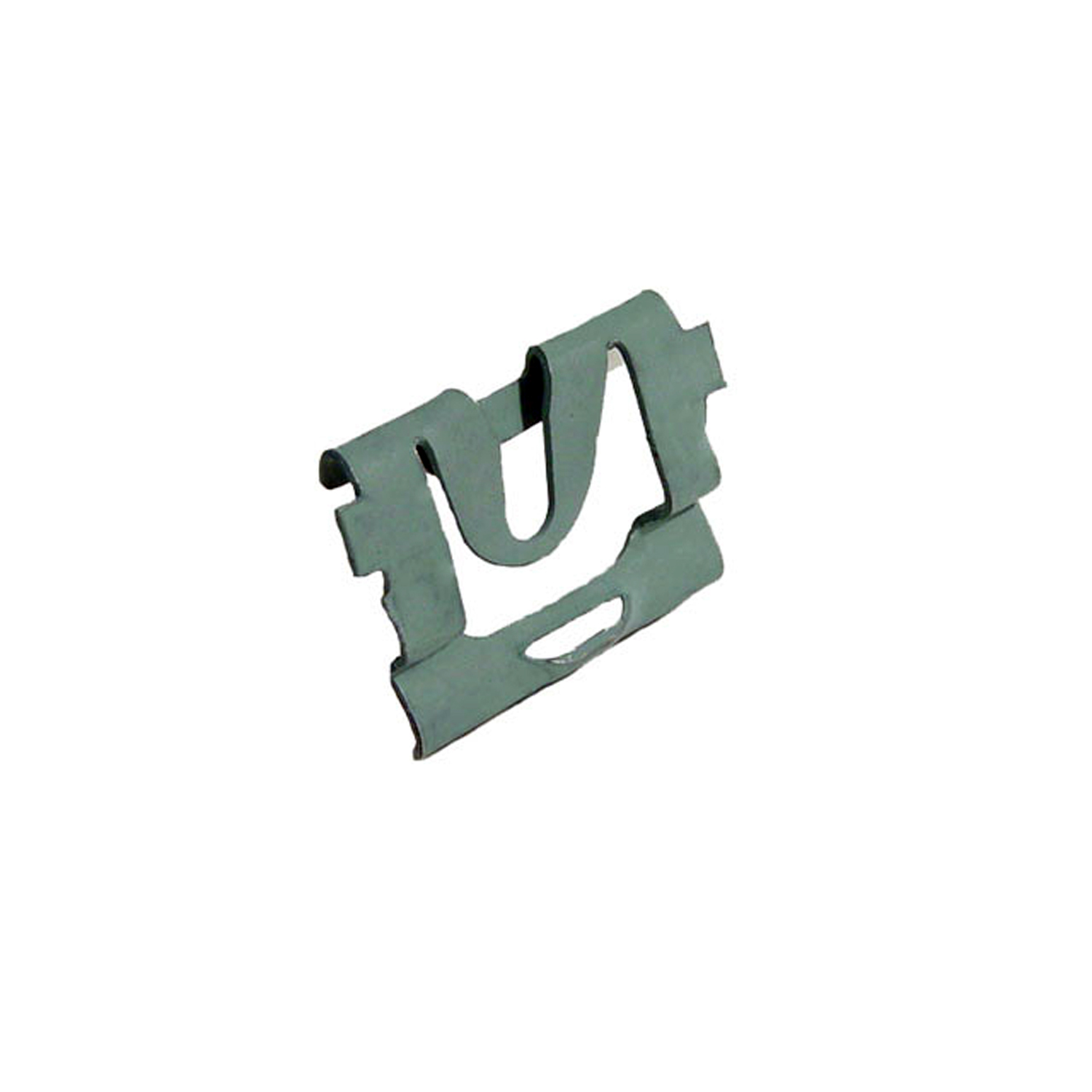 1981 Chevrolet Citation Windshield Reveal Molding Clip. For models with vinyl top-WF 210Windshield Reveal Molding Clip. For models with vinyl top. 3/4" x 1-1/16". Each
1981 Chevrolet Citation Windshield Reveal Molding Clip. For models with vinyl top-WF 210Windshield Reveal Molding Clip. For models with vinyl top. 3/4" x 1-1/16". Each 1981 Chevrolet Citation Rear Windshield Reveal Molding Clip. Made of steel-WF 211Rear Windshield Reveal Molding Clip. Made of steel. 15/16" X 3/4". Each
1981 Chevrolet Citation Rear Windshield Reveal Molding Clip. Made of steel-WF 211Rear Windshield Reveal Molding Clip. Made of steel. 15/16" X 3/4". Each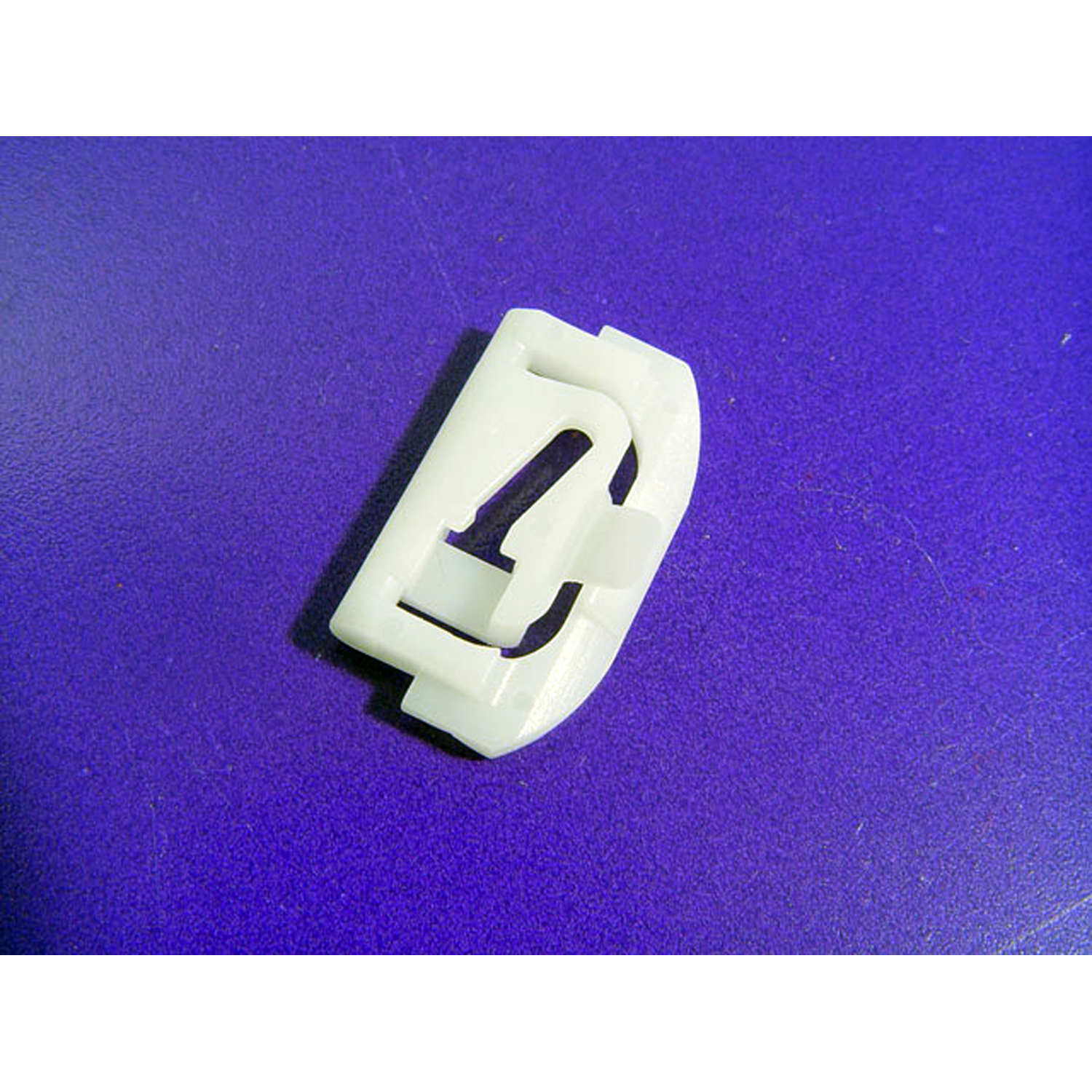 1981 Chevrolet Citation Lower Side Window Reveal Molding Clip. Made of nylon-WF 214Lower Side Window Reveal Molding Clip. Made of nylon. 1-1/4" x 3/4". Each
1981 Chevrolet Citation Lower Side Window Reveal Molding Clip. Made of nylon-WF 214Lower Side Window Reveal Molding Clip. Made of nylon. 1-1/4" x 3/4". EachWhy Choose Metro?
For over 100 years, Metro Moulded Parts has been the pinnacle of quality in classic car restoration parts. Our commitment to precision and authenticity in every component ensures a perfect fit and an OEM-level appearance.
- Expert Craftsmanship & Quality: Each part is a testament to our dedication to reliability and perfection, crafted from original designs and thoroughly tested.
- Advanced Technology: We use cutting-edge techniques to create flawless, long-lasting parts that surpass others in performance.
- SuperSoft Sponge – The Ultimate Door Seal: Not only are our door seals 30% softer than competitors', but they're also guaranteed to never leak. They effectively reduce wind and road noise, enhancing your classic car's comfort and driving experience.
- Proudly American: Our parts are a product of American craftsmanship, made in the USA with a spirit of excellence and heritage.
- Unrivaled Warranty: We back our products with a 30-year industry-leading warranty, a testament to our confidence in their quality.
Join us in preserving the legacy of classic cars with parts that are crafted for perfection, not just made.

